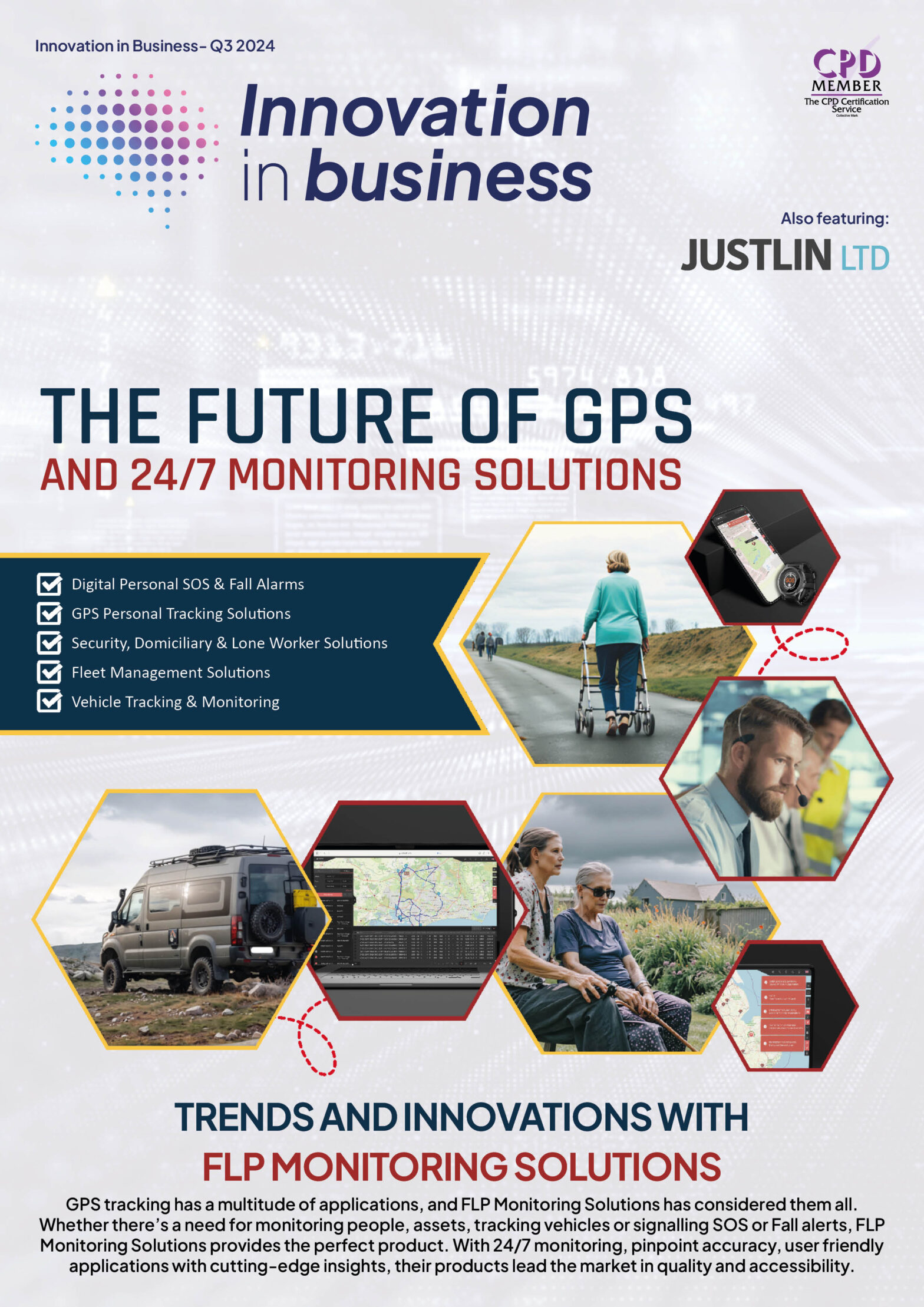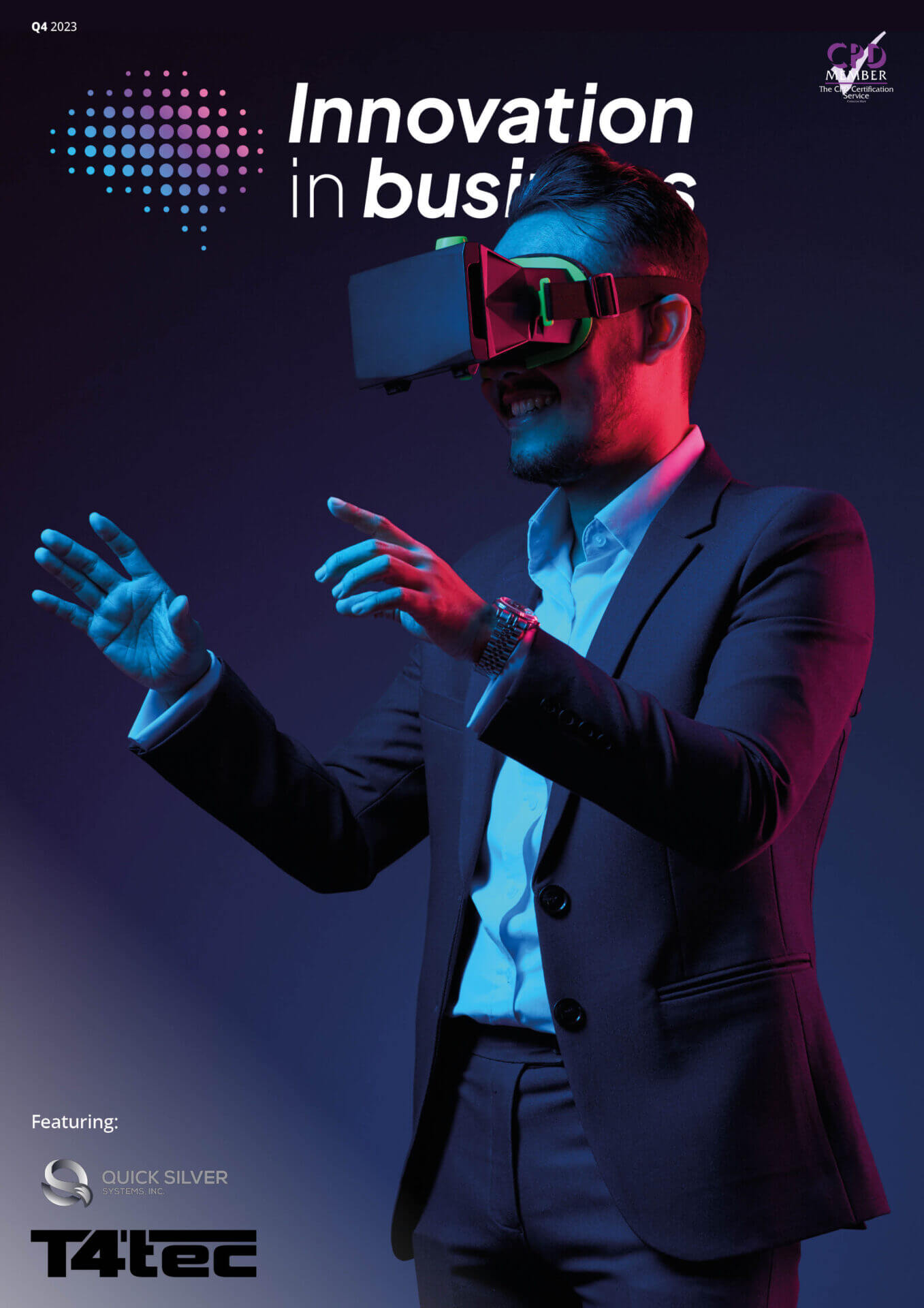
Trust, Transparency and Technology: Navigating Labour Shortages in the Retail Sector
4 December 2023

By Neil Pickering, Industry Manager EMEA at UKG
According to data from the Office for National Statistics, in 2022 an estimated 185.6 million working days were lost because of sickness or injury, the highest in almost 20 years. Couple this with the latest data on economic inactivity, in 2023, the number of people economically inactive because of long-term sickness has now risen to over 2.5 million people.
The CIPD Health and Wellbeing at Work: 2023 Survey Report also shows the highest unplanned absence figures in a decade, with 27% of the workforce absent for 10+ days per year. In an industry struggling to attract talent, retailers are facing a tall task to keep productivity and customer service levels high.
It’s no secret that the absence of team members can have a negative impact on a business’s productivity levels. With retail managers already dealing with tight budgets and demand volatility, they can often be left scrambling to plug the gaps that are left by absentees, to ensure they are still able to offer great service to their customers. This will be especially important as people turn to the high street during the Golden Quarter, shopping for Black Friday sales and Christmas gifts.
In tackling these challenges, it’s important that people leaders focus on what they can influence and control themselves, whilst keeping in mind the need to balance the operational needs of the business with the personal needs of their people.
Fostering a culture of trust, inclusion and transparency
Scheduling aside, the first step in addressing labour shortages and absenteeism is focusing on improving the relationships between people leaders and their employees. Trust is essential in creating a happy, healthy, and engaged workforce and leaders should be proactive in establishing it within their organisations.
There is no one-size-fits-all approach for establishing trust in the workplace, and what’s most important for building trust differs between managers and employees. However, there are basic steps that can be taken that can have a positive impact on a workplace.
Ensuring effective communication between manager and employee should be a priority. Whether it’s via employee voice surveys, message boards or corporate social media channels, the key is establishing communication channels via technology that works best for everyone. Employees of different generations and backgrounds will have varying preferences, and understanding these preferences as well as being able to act on them is crucial to effective communication.
Leaders must also ensure they are taking the time out to schedule catchups with their team members to provide an open platform to listen and discuss any challenges employees may be facing, to connect with them on both a professional and personal level.
Technology can also help provide employees with essential company information via their mobile devices, even if they aren’t at their workplace or do not have a company email address. This ensures that they feel connected and engaged with their workplace, when and where they choose. Such efforts to maintain contact with employees provide a robust platform for building trust, respect, and transparency.
Ultimately, leaders should seek to create an environment where employees feel supported, valued, and heard in order to build a foundation for bi-directional trust.
Fluidity, agility and flexibility
Technology can also assist with gathering and processing the data to provide accurate demand forecasting and support managers to make informed decisions around staffing levels. Using historical data for planning can empower managers with the necessary insights to make important calls on staff volumes, as well as which skillsets are needed most, and it can also highlight where there may be gaps in the workforce’s skillset.
By leveraging technology that embeds AI and machine learning, businesses can also reduce the length of time dedicated to repetitive tasks such as scheduling or managing and approving absences, leaving retail staff with more time to spend on developing customer relationships and improving the in-store experience.
All of which can be combined with data provided by employees on their preferences and needs. Technology can ensure that employees are able to easily request and cover shifts, or tools like attestation are valuable for capturing the drivers behind absence and sickness to help with planning. Attestation can also be used to ensure that employees are taking meal and rest breaks to help to avoid burnout in the long run.
Technology can even support cross-site scheduling, allowing retailers with multiple locations to split teams across them as they need to, responding to demand and availability of staff as it changes. Talent sharing is a useful tactic for addressing team shortages and workforce management technology can help facilitate these types of rapid, short-term transitions to ensure retailers have the right people in the right place at the right time. Cross-site scheduling also delivers variety to employees, helping them meet new people and learn new skills if they wish to.
Having the means to accurately plan and amend shifts based on customer demand and employee preferences supports greater job satisfaction and means they are encouraged to actively engage with their jobs, colleagues, and customers.
Aligning needs with people operations technology
In general, managers across all industries face the tall task of balancing the needs of employees with the operational needs of the business. Technology in its many forms is a tool that can assist them by simplifying scheduling, creating effective communication channels, empowering employees and automating repetitive processes to ensure that managers have time to manage.
You might also like

Technology
25 March 2025
Ransomware-As-A-Service Variants on the Rise With Critical Infrastructure Providers at the Greatest Risk

Business Advice
25 March 2025
Claims Processing Automation: How Insurers Can Cut Costs and Improve CX

Technology
18 March 2025
Secret Signs Your Internet Security Has Been Compromised






















